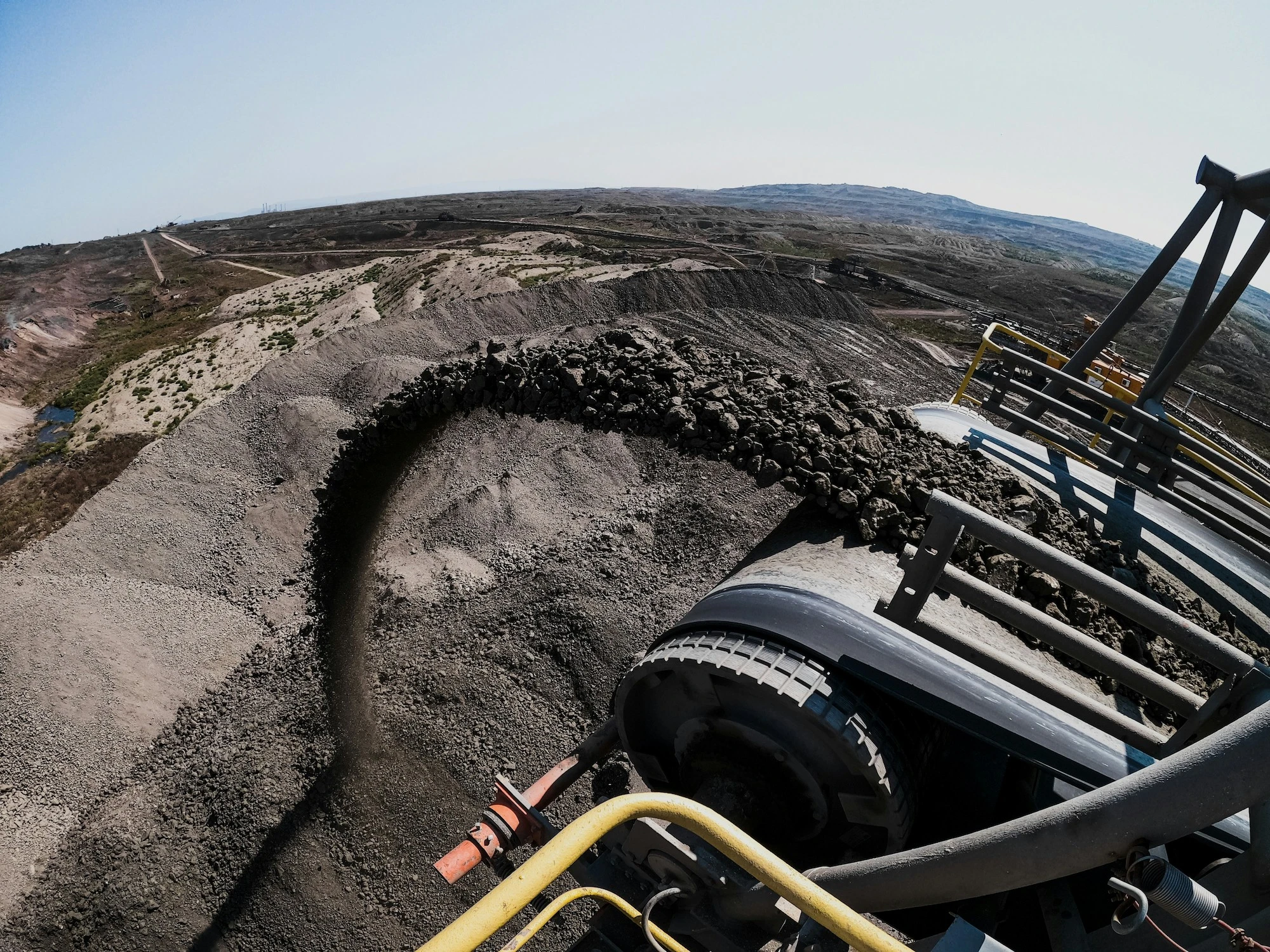Coal market trends for 2024
With the green transition dominating policy agendas and energy news columns across Europe, coal is fast losing ground. Laurence Walker, Deputy Editor-in-Chief at Montel News, outlines the factors influencing coal prices in this often volatile environment.

Energy markets are changing